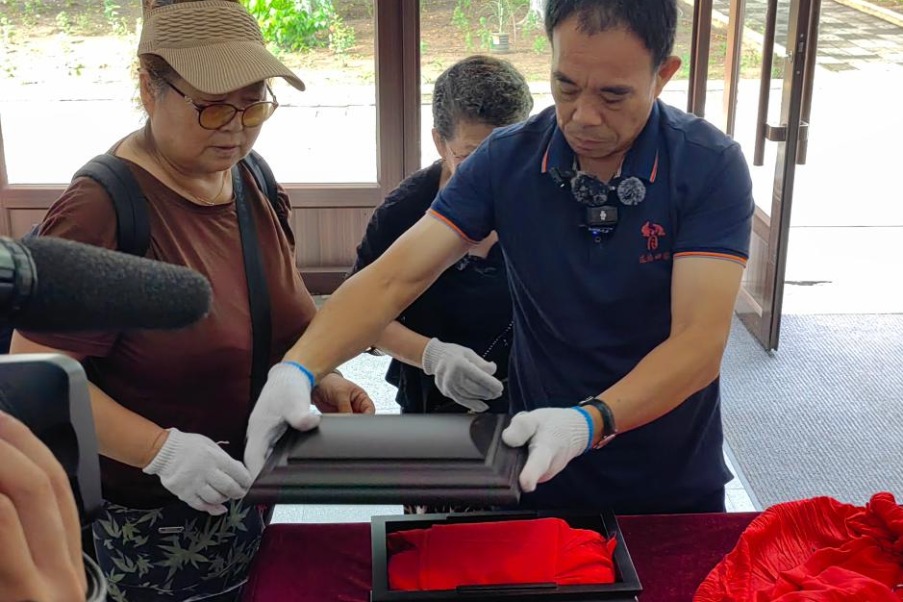Chinese researchers identify mechanism regulating vitamin E, glucosinolate contents in rapeseed

WUHAN -- A Chinese research team has uncovered the molecular mechanism behind the regulation of vitamin E and glucosinolate contents in rapeseed.
Vitamin E is a crucial nutrient for the growth and development of humans and animals. It plays a vital role in boosting the immune system, delaying the aging process and preventing cancer, among other significant functions.
A research team at the Oil Crops Research Institute of the Chinese Academy of Agricultural Sciences employed genome-wide association analysis to detect a major effect, coded QTL-qVE.C02, which is associated with vitamin E content in a Brassica napus population.
Through genetic complementation and site-directed mutagenesis processes, researchers successfully cloned the target gene of the QTL-qVE.C02 effect, coded BnaC02.VTE4, and identified a point mutation that is the direct cause of the differences in vitamin E and glucosinolate contents in rapeseed.
The team also combined analysis types to elucidate the competitive relationship between the biosynthetic pathways of vitamin E and glucosinolate, and revealed the molecular mechanism behind the BnaC02.VTE4 gene's positive regulation of vitamin E and negative regulation of glucosinolate in rapeseed.
The researchers say that their study can contribute to the breeding of rapeseed with high vitamin E and low glucosinolate contents.
The study was published in the Plant Biotechnology Journal.
- American musician: the Silk Road influenced American music
- China upgrades Ragasa to super typhoon
- Over 5,000 photographers showcase work in Shanxi's ancient city of Pingyao
- Li calls on US lawmakers to enhance exchanges, ties
- Luxury brands drop ads featuring S. Korean actress after she insults China
- Jiangmen activates Chikungunya fever L3 emergency response




































